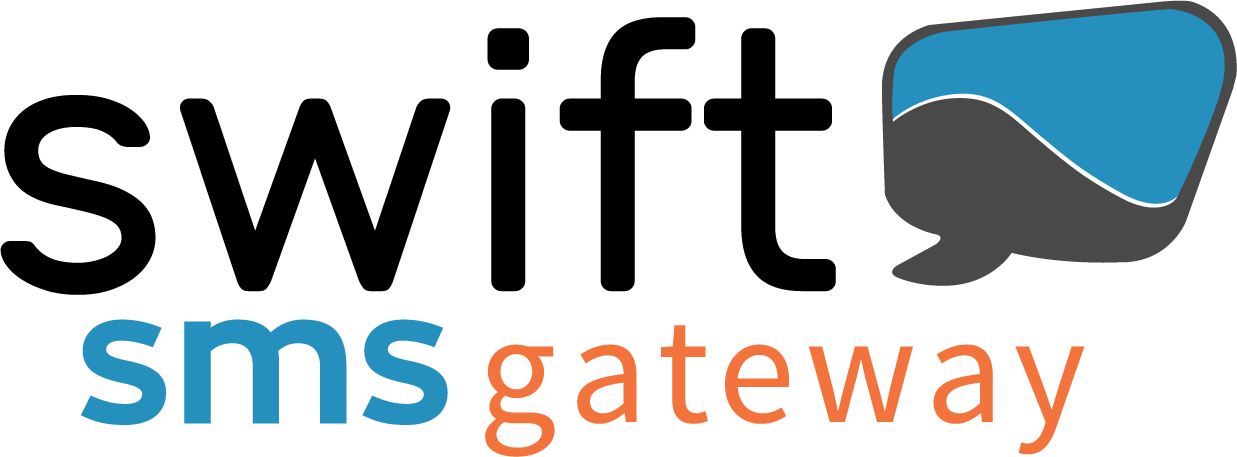LinkedIn is the latest social media platform to activate a two-step SMS service. Joining Twitter, Facebook, Google and Microsoft, more users can protect themselves from hackers or phishing scams, according to Tech Crunch.
Previously, the professional network has been a victim of hackers. In 2012, a data breach occurred through LinkedIn's mobile application, allowing programmers to steal and publish about 6.5 million passwords according to VentureBeat.
This new safety measure of having a two-step SMS service comes after the online community saw other compromised web accounts this year, including on Twitter. False tweets from accounts like the Associated Press and The Guardian scared everyone's digital security.
To protect LinkedIn members, users have to update their account information with their cell phone number before taking advantage of the SMS service. LinkedIn sends verification codes to a user's SMS inbox.
However, this is not a perfect way to protect users from future hackers from all social media platforms. The verification code can only be sent to one phone number, and some professional accounts are moderated by multiple people i.e. Twitter, according to Tech Crunch.
Because so many websites are beginning to use two-step authentication, it may soon become the norm for many websites, the news source said.
"We think the market will come to the realization that much more will have to be done to address current authentication issues," Jamie Cowper, senior director at Nok Nok Labs told VentureBeat. "We expect to see the enthusiasm for SMS two-factor authentication to dim and the adoption of more innovative approaches in the future."
As people are increasing their presence online and on their mobile devices, it is essential to protect their information. Swift SMS Gateway is available to help businesses to safeguard sensitive information.


